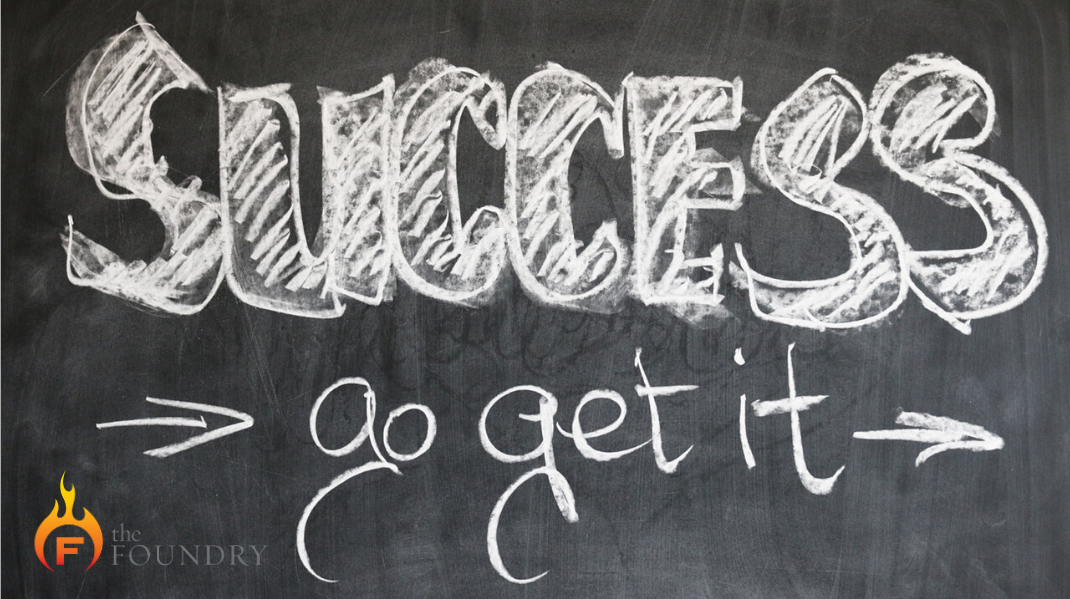Part 2 of a 6-part series on building a workout habit to achieve your goals!
If you’re like many people, you’ve probably made a New Year’s Resolution to improve your fitness. With this goal in mind, you already know that you need to work out more and improve your nutrition. Achieving this may be very important to you, and you probably started off the year very motivated.
So why is it that 80% of people give up on their resolution by early February, and how do we avoid becoming part of this statistic?
It turns out that willpower is a lousy mechanism for lasting change. Willpower fades quickly, usually within a few weeks. How many times have you:
- Committed to working out every day, but then felt too tired to do so after three days?
- Sworn off drinking, only to find a glass of wine magically in your hand at the end of the day?
Let’s Be SMART About It
A Duke University study found that 45% of our waking behavior is habitual. So in order to accomplish our goals, we need to develop habits that change our behavior to align with the target outcome.
In part 1, we talked about the importance of setting SMART goals, ones that are specific, measurable, achievable, relevant, and timely. For example:
Lose 10lb of body fat in 90 days.
-or-
Perform my first strict pullup within six months.
These goals are much better than generic, abstract ones such as “Get in shape”, “get toned”, or “lose some weight” because the increased detail moves them from the realm of conceptual ideas into the world of concrete outcomes that can be achieved.
Setting a SMART goal is a good start, but to really succeed, you also need a reason.
What’s Your Reason?
One of the biggest factors that can prevent you from accomplishing your fitness goals is that you have not identified a compelling reason for doing so. Sure, almost everyone wants to be in better shape, but in order to do so, it must be a priority.
When a goal involves making a change to your behavior (as most fitness goals do), you need a clear reason why you are making this change. We are hard-wired to prefer comfort. Since new behaviors are inherently harder than habitual ones, it is important to be able to continuously remind yourself why you are doing this new, uncomfortable thing.
To help identify your reason, here are a few example questions to ask yourself:
- Why is losing 10lb of fat / doing my first pull-up important to me?
- If I accomplish this goal, how will my life improve?
- What will I feel like when I achieve this goal?
- What will feeling like that make possible for me that wouldn’t be possible otherwise?
- Who will I become as a result of this new possibility?
In this exercise, we are looking to move past envisioning the result, and instead, focus on the feelings, sense of accomplishment, and new possibilities that are created through achieving this goal.
Keep going until you have identified a clear reason. For example, one of my SMART goals is to:
“Perform 3-4 high-intensity workouts per week over the next six months.”
Playing the Long Game
Having trained throughout my life and competing as a tennis athlete, I’ve already achieved most of the performance goals that I care about. In addition, at 41 years old and 13% body fat, I’m satisfied with my body composition and how I look.
My ongoing motivation comes from something a little deeper. In addition to the fact that maintaining good fitness is important to my role as an expert in health and fitness, it allows me to have more fun with the activities I enjoy. Things like hiking, swimming, skiing, biking, or going for a jog.
I feel more accomplished when I’ve done a Foundry workout and it helps improve my productivity at work. My life is better because everyday activities are easier and more enjoyable, and I carry a feeling of confidence, knowing that I can try new activities and my body can handle it.
I’m a more disciplined, focused person when I maintain a steady workout habit of 3-4 times per week. I’m a better leader, able to give more energy to my team and our clients, and that makes me proud.
Quite simply, I’m a happier person.
So as you set out into the New Year, don’t just set goals. Follow this process to identify your reason, build your workout habit, and crush your goals!
For help in setting and achieving your fitness goals, Book a No-Sweat Intro with us!

